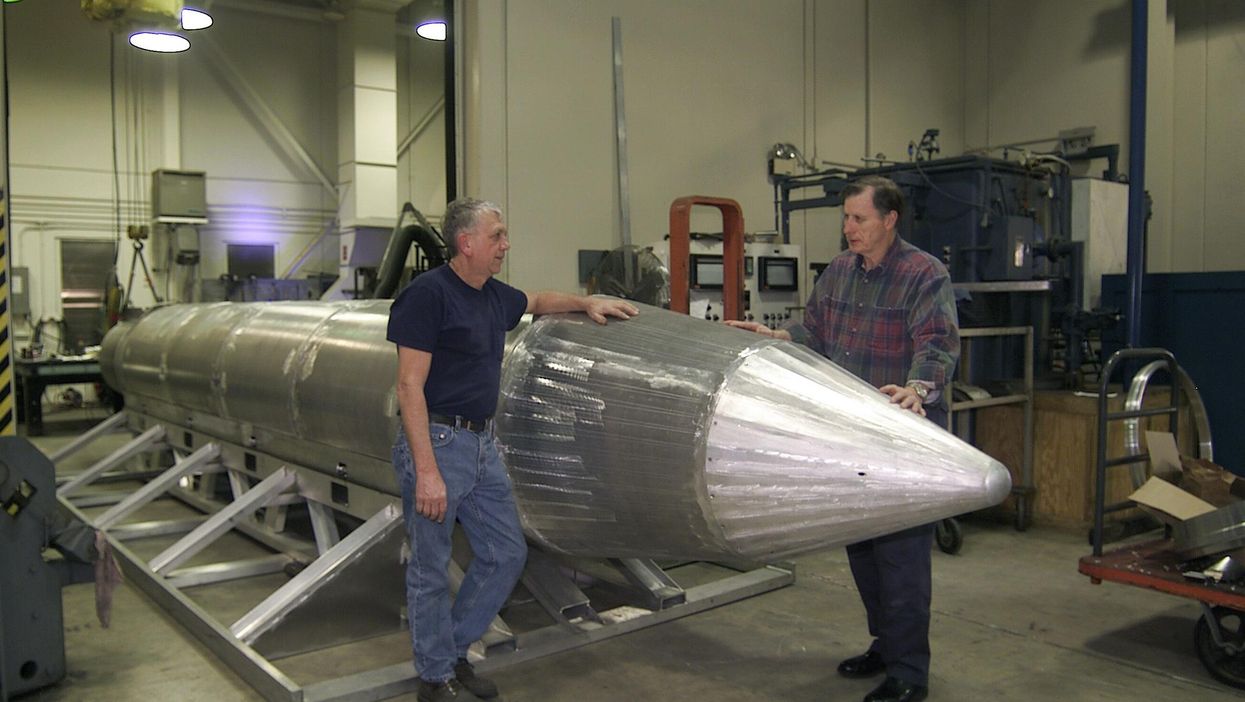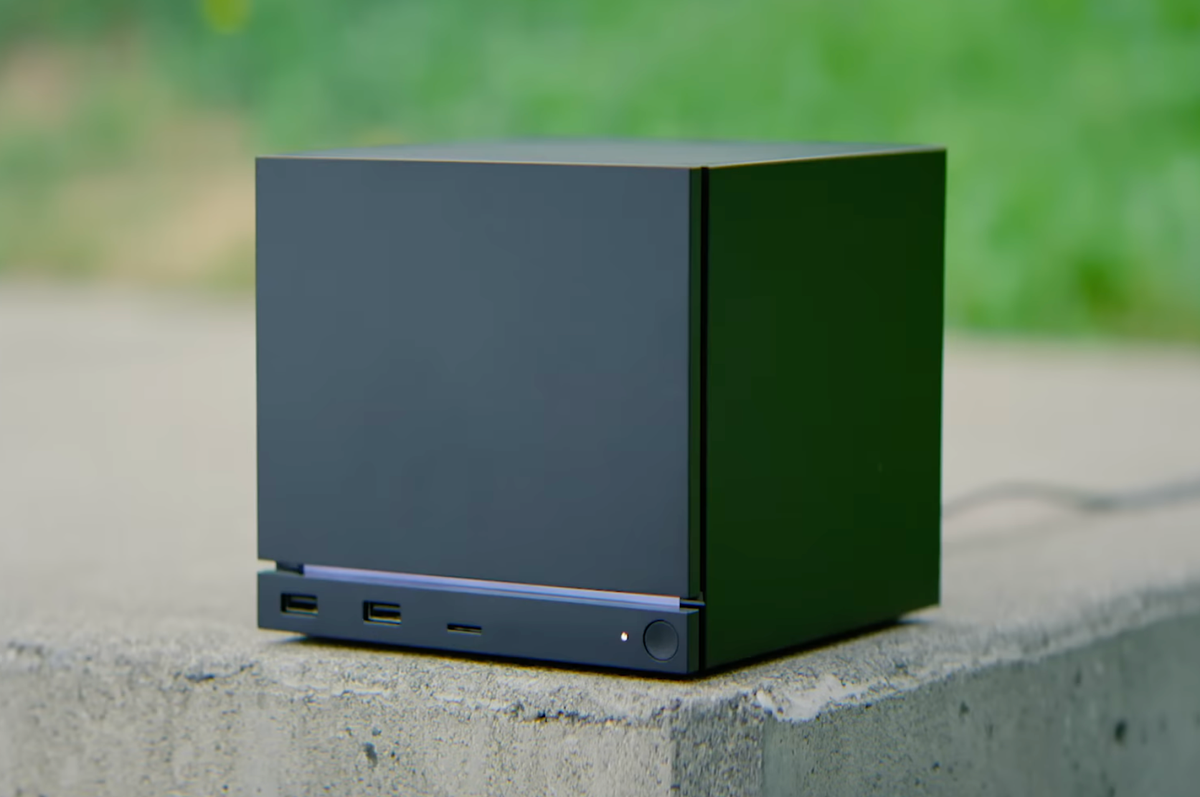
The US has just dropped the largest non-nuclear bomb ever used in combat on Isis targets in Afghanistan.
The Afghan defence ministry has already confirmed the attack killed up to 36 suspected Isis militants and destroyed a network of tunnels in the eastern province of Nangarhar.
The 21,600 pound Massive Ordinance Air Blast (MOAB), nicknamed the “mother of all bombs” has a blast radius more than a mile wide and an explosive yield of 11 tons of TNT.
However, Russia is sitting on an even bigger one.
Its own version of MOAB, known as the "father of all bombs" is four times as powerful, with a blast yield of nearly 44 tons of TNT.
Developed in 2007, the Russian FOAB is a thermobaric weapon – which differs from a conventional bomb by combining with atmospheric oxygen to greatly extend the blast radius.
On state-run television, the deputy chief of the Russian armed forces Alexander Rukshin said the bomb “had no match in the world” and was “comparable with nuclear weapons in its efficiency and potential”.
While the attack on Thursday was the first of its kind by the US, Dr Adam Lowther, a professor at the US Air Force Research Institute told Business Insider that the bomb was “not even close to being a nuclear weapon”.
He added he would “not make the argument that it's a symbol of escalation” in the conflict in Afghanistan.
Giving the military might of other major players in the region, we’d better hope not.
More: This map shows what would happen to you if a nuclear bomb was dropped where you live













